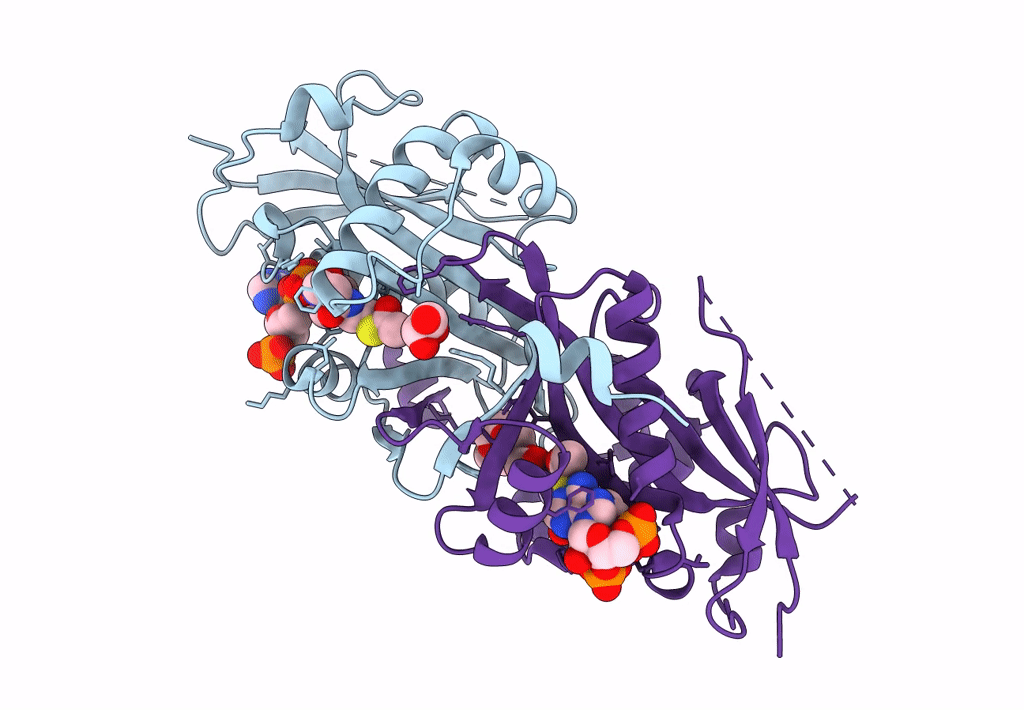
Deposition Date
2022-04-06
Release Date
2023-03-15
Last Version Date
2024-02-07
Entry Detail
PDB ID:
7ZHC
Keywords:
Title:
Moss spermine/spermidine acetyl transferase (PpSSAT) in complex with AcetylCoA and polyethylen glycol
Biological Source:
Source Organism:
Physcomitrium patens (Taxon ID: 3218)
Host Organism:
Method Details:
Experimental Method:
Resolution:
1.82 Å
R-Value Free:
0.23
R-Value Work:
0.19
R-Value Observed:
0.20
Space Group:
P 1 21 1


